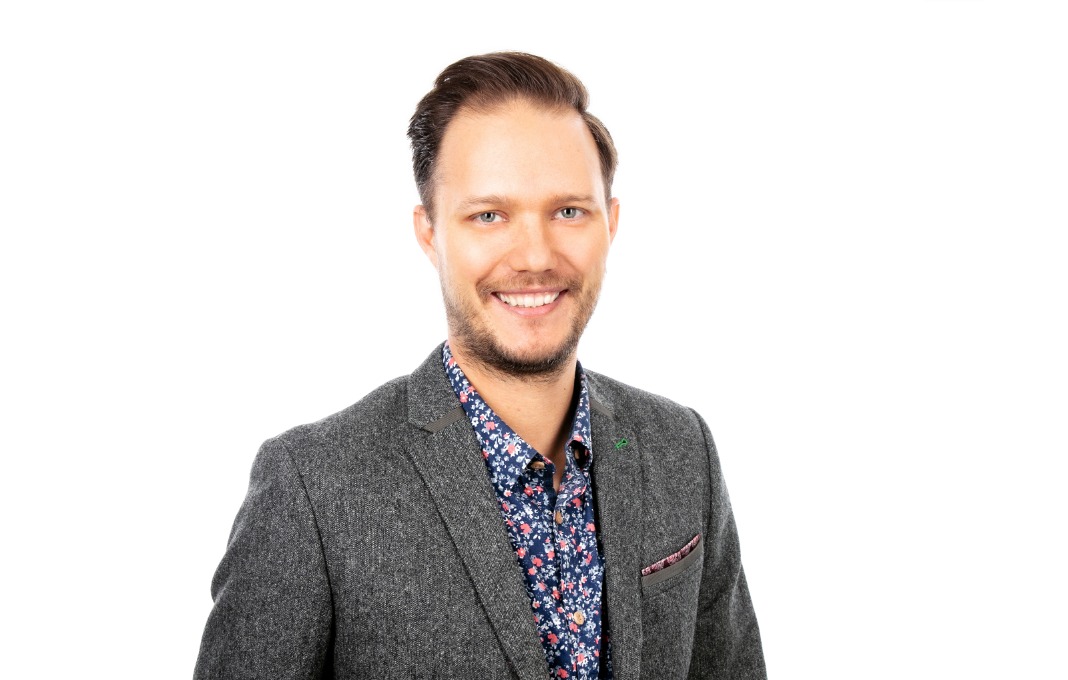AI is being used everywhere—including in medical technology, or medtech.
Justin Skinner, CIO of SmileDirectClub, a medtech based in Nashville, Tennessee, recently developed SmileMaker, a patented AI platform that uses smartphone cameras to scan a patient’s mouth and create a 3D scan of their current smiles, and a projection of what their smiles could look like. Skinner delves further into the company’s use of AI.
Can you share more about your strategy in building your own AI platform as opposed to using a third party?
We explored working with many talented external AI engineers and vendors when we started developing our SmileMaker platform. We relied heavily on these third-party specialists because they excelled in specific areas like AI image generation, 2D-3D modeling and image forecasting.
However, it eventually became clear that what we were trying to do was new, and we realized the need to build the product ourselves, especially when it came to 2D->3D modeling. There was nothing on the marketplace nor previous approaches which were achieving the results we wanted. To make the platform accurate, powerful and impactful, it became clear the only way forward was for us to build it ourselves.
How did you build this team—did you recruit from external companies, or build using the talent already at SmileDirectClub?
We recruited heavily to assemble our dream team. Since we were adding a new product to SmileDirectClub’s services, we knew we needed to bring in expertise from a variety of backgrounds including healthcare, gaming, coding, tech and AI to support development.
You got started working in IT at TOMS, a retail apparel company that donates a third of its profits to grassroots organizations focused on equity. How has the role changed over the course of your career?
Believe it or not, my career with TOMS started because I saw a Craigslist posting for a mission-driven company looking to make a difference in the world through selling shoes. The concept that a company could be both for-profit and for-good was new to me, but it was always important that any brand I worked for was contributing positively to the world.
I applied for the job immediately and later ended up in the position of VP of technology. Throughout my career, from companies like TOMS to the Monterey Bay Aquarium to Adidas and now at SmileDirectClub, I’ve been able to do work for companies positively impacting the world.
In almost 20 years working in IT, the role has undergone tremendous reformations and is now much closer to a business-minded leader than it used to be. Historically, the IT department’s main function was to ensure that a company’s internal technology operated smoothly, enabling the other job functions to focus on growing the business. Then, the Cloud/SaaS revolution happened, and those activities were commoditized.
Now the AI paradigm shift is under way. With this shift, it is much more important for a CIO to have an in-depth understanding of how their company adds value for their customers, its products, and what technology can do to drive top line and bottom-line improvements. There is a merging of the CIO and CTO role happening and it is more important than ever to stay up to date on the latest technology advancements.
What are some ways, as a leader, you create a collaborative team and culture?
I’ve always enjoyed being a leader, but it wasn’t until I was at Adidas that I learned how to lead a global and dynamic team. One big lesson I took away and brought with me to SmileDirectClub is that balancing hard work with fun, outside of work activities, is the best way to achieve a collaborative environment. Especially one that fosters, feeds and grows itself!
My team and I work extremely hard, and I’ve seen colleagues bonding over late nights solving the most difficult and complex problems. When people see others working hard, it motivates others to work hard. However, late nights are better spent with people you get along with and know on a personal level, beyond their work title and function.
There needs to be engagement outside of the workplace as well. For example, we’ve held a “Team Lake Day” for everyone to kick back, relax and dig deeper into who our peers are as people. Following the Lake Day, team morale was extremely high, which helps us stay united as a team when going through tough or tense moments like choosing a particular strategy or offering constructive feedback to a colleague.









